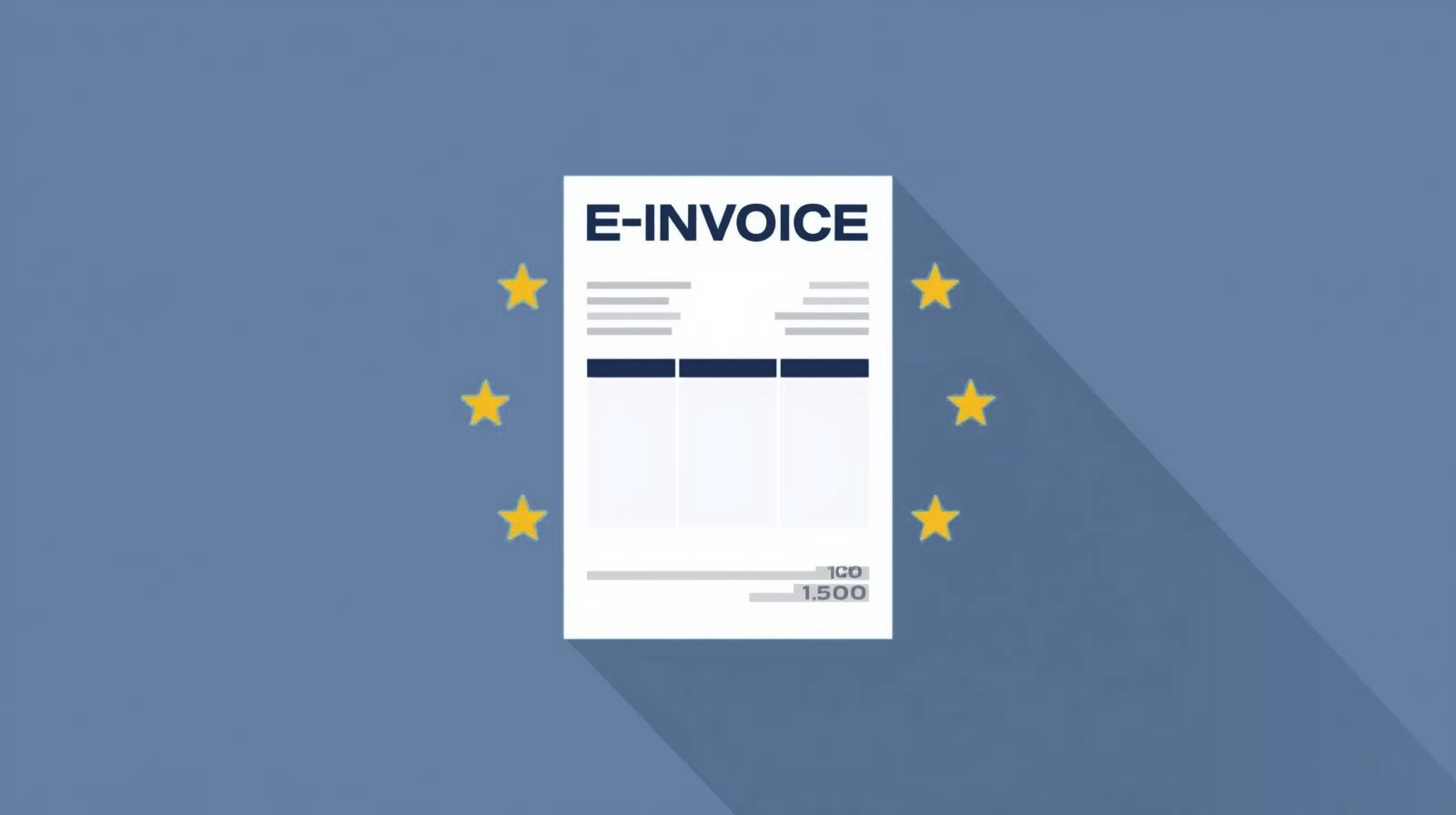A zero-sum account is maintained in the double Accounting used to balance debit and credit amounts. When a transaction is posted to a zero-sum account, the debits and credits cancel each other out, resulting in a zero balance. balance from zero. This type of Account is generally reserved for internal transfer transactions and is not used for financial reporting.

Use in general accounting:
- Clearing of debit and credit postings within a posting record.
- Use for internal clearing purposes, e.g. for transfer postings or temporary clearing transactions.
- Ideally, the account balance remains permanently zero.
Reference to SAP Business One:
In SAP Business One, the term "zero-sum account" is not explicitly managed as a function or account type. Nevertheless, there are several functional overlaps:
- Hide accounts with a zero balance: in the ledger accounts with a balance of zero can be hidden from the display.
- Use in journal entries: The system automatically generates debit and credit entries for many transactions, which can balance each other out internally.
- Clearing accounts: For certain system processes, such as the capitalisation of fixed assets without suppliers, clearing accounts are used that temporarily have a balance of zero after posting.
- P&L accounts in the period-end closing: These accounts are set to zero at the end of the financial year, which functionally corresponds to a zero balance.
Restrictions in SAP Business One:
A specific zero-sum account functionality in the sense of automated internal transfer accounts, as can occur in larger ERP systems or specialised accounting systems, is not natively integrated in SAP Business One. However, such mechanisms could be supplemented by specific posting logic or add-ons.

Verifactu in Spain: the new invoicing obligation

The e-invoicing regulations in Europe

Versino Financial Suite V09.2025 for SAP Business One

Accounting outsourcing: Why it pays off for SMEs

CANDIS for SAP Business One
